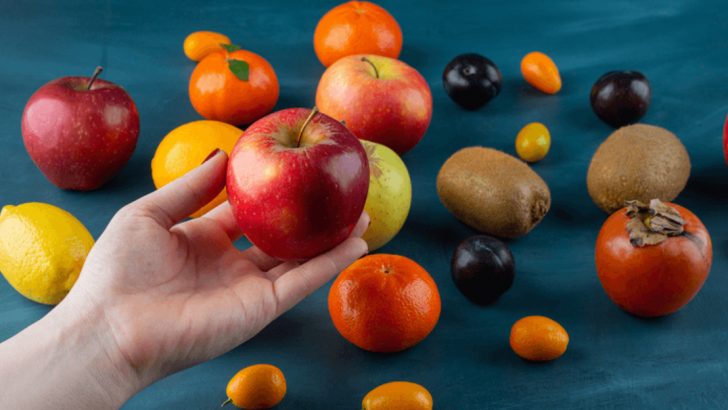Picking good produce doesn’t have to be a guessing game. With just a few simple tricks, you can find fruits and veggies that taste better, last longer, and help cut down on food waste.
Whether you’re at the grocery store or a farmers market, these easy tips will help you shop smarter and feel more confident about what you bring home.
Let’s make every bite count—starting with what you pick.
1. Check For Vibrant, Even Color
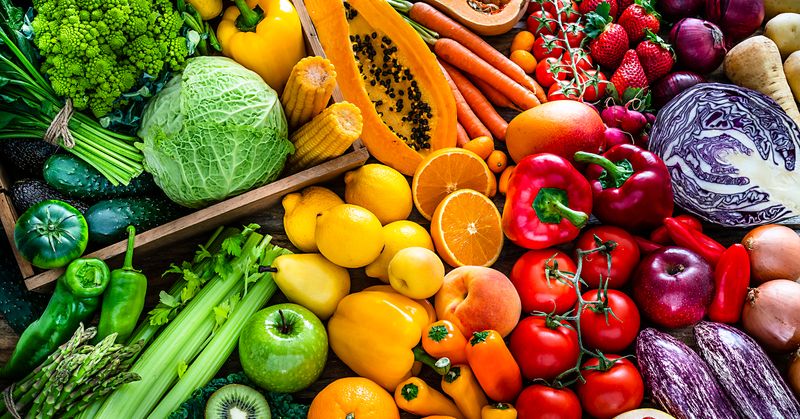
Bright, rich color usually means the fruit or veggie is ripe and full of flavor. Whether it’s deep red tomatoes or bright green beans, dull or uneven coloring can be a sign of under-ripeness or aging.
If the color pops, chances are the taste will too.
2. Feel The Weight In Your Hand
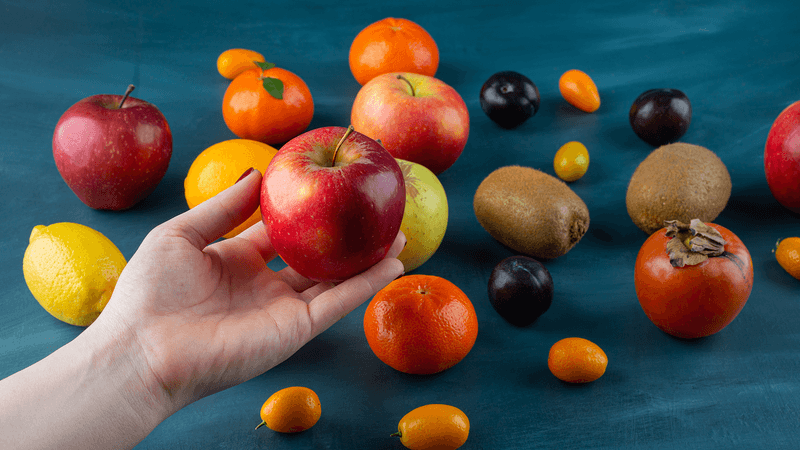
Heavier produce often means juicier, fresher inside. For fruits like oranges, melons, or tomatoes, a little extra weight is a good sign that it’s packed with moisture and not dried out.
When in doubt, grab the one that feels heavier for its size.
3. Avoid Bruises, Dents, And Soft Spots
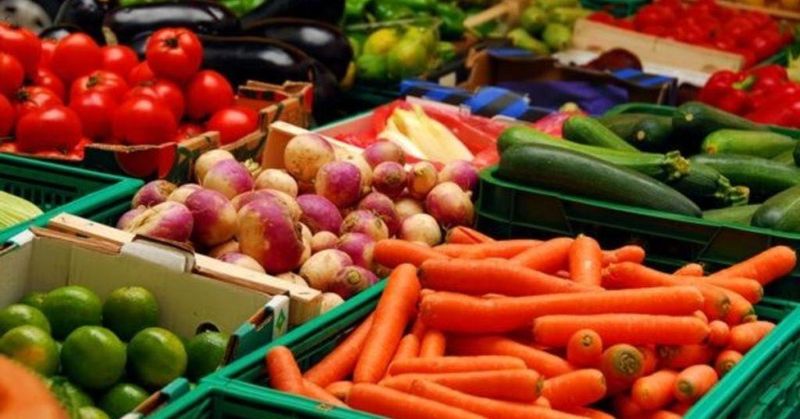
Soft spots or dents usually mean the produce is starting to go bad. Bruises can speed up spoiling and invite mold.
Give it a once-over and gently turn it in your hand. Fresh means firm and smooth.
4. Give It A Gentle Squeeze (Not A Squish)
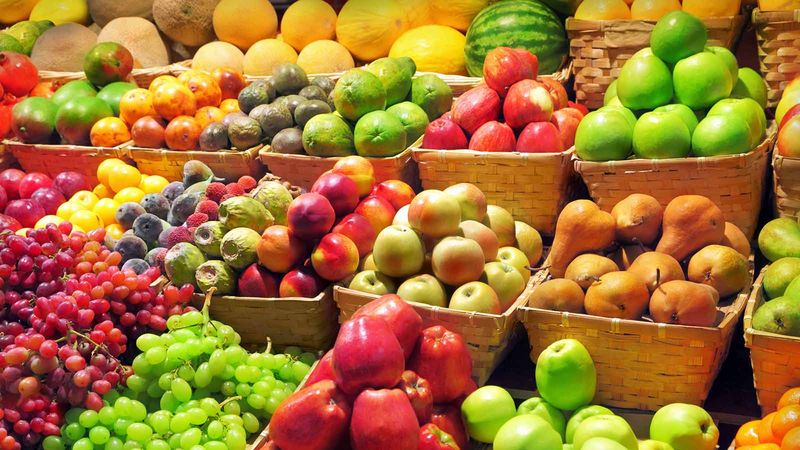
A light squeeze helps you check ripeness—especially with peaches, avocados, or plums. They should have a slight give without feeling mushy.
If it feels rock-hard, it may need more time. If it sinks too easily, it might be overripe.
5. Use Your Nose—Smell Matters
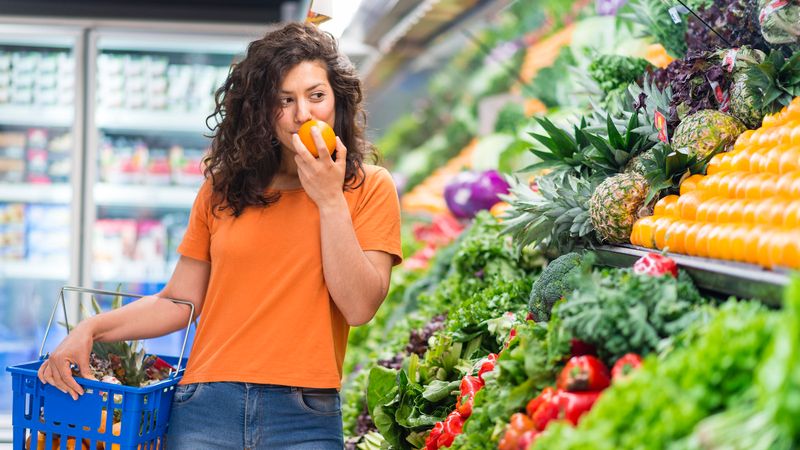
Fruits like pineapples, melons, and peaches should smell sweet and fragrant near the stem. No scent often means no flavor.
Avoid anything that smells sour or fermented—it’s likely already past its prime.
6. Look For Stem Freshness On Greens And Fruits
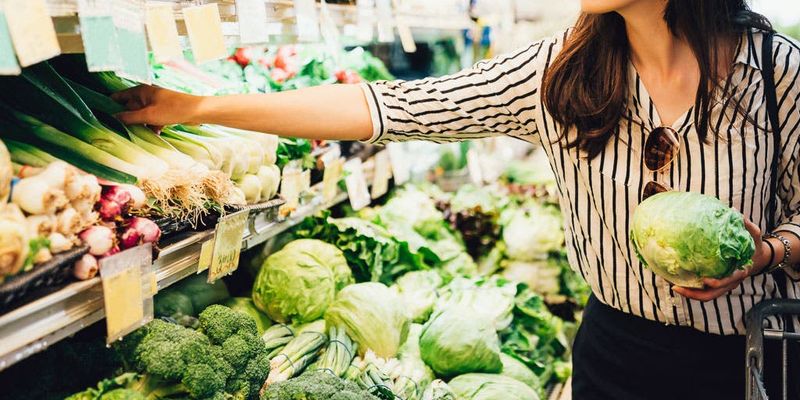
Check the stems of strawberries, tomatoes, or leafy greens. Fresh stems should look green, perky, and not dried out or browning.
A dry or wilted stem usually means the produce is old and losing quality fast.
7. Choose Seasonal Over Shipped Imports
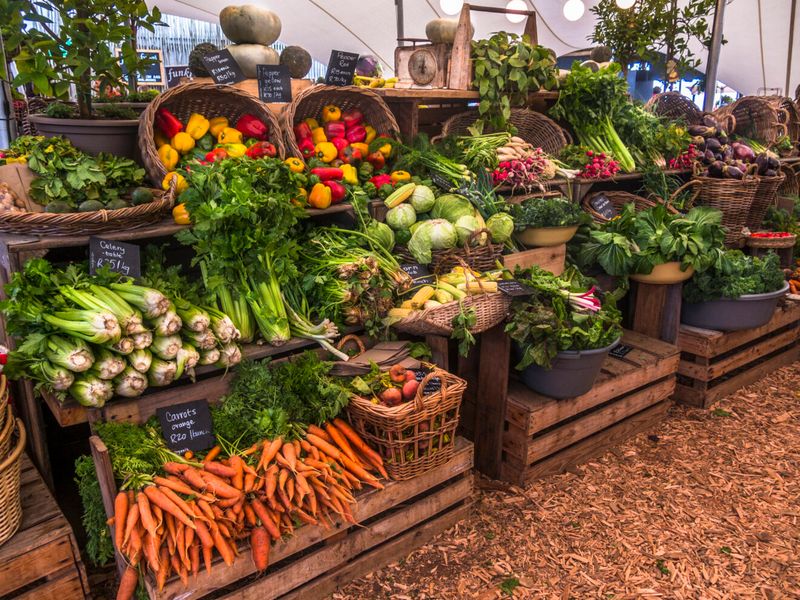
In-season fruits and veggies are often picked closer to ripe and travel less, so they taste better and last longer. Out-of-season produce may be picked early and ripened artificially.
If it’s local and in season, it’s usually your best bet.
8. Tap Melons And Listen For A Hollow Sound
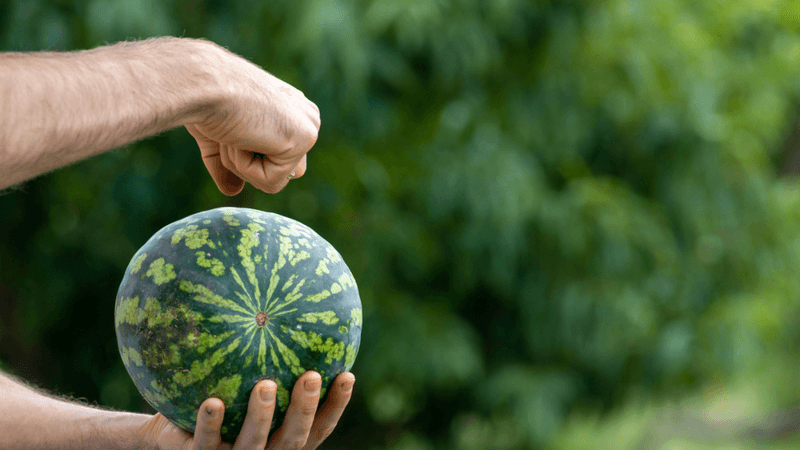
Want a sweet, juicy melon? Tap it gently. A deep, hollow sound usually means it’s ripe and full of water.
A dull thud can signal it’s overripe or underwhelming. This trick works great for watermelon and cantaloupe.
9. Check The Leafy Tops For Clues
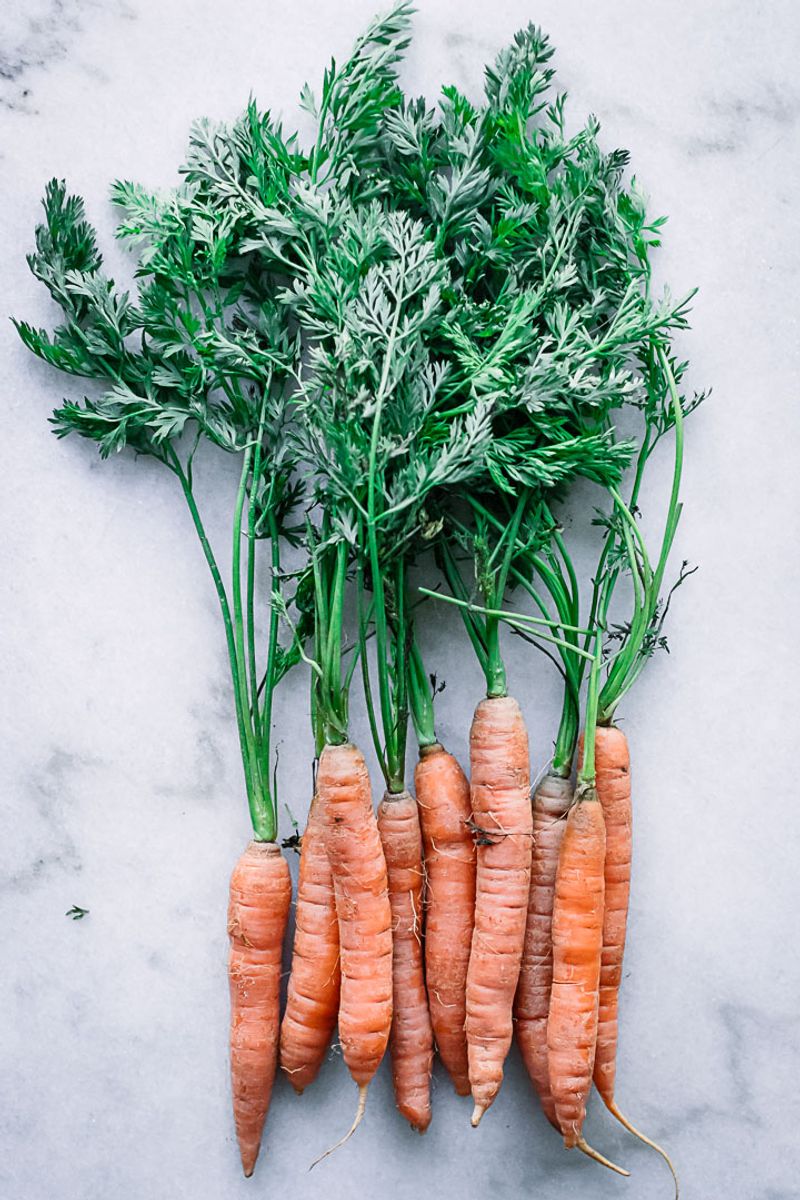
For produce like carrots, beets, or radishes, the greens on top should look fresh and firm. Wilted or yellowed leaves are a sign the root part is also losing freshness.
Bright, crisp tops = fresher, tastier veggies.
10. Shop The Outside Of The Pile For Less Handled Picks
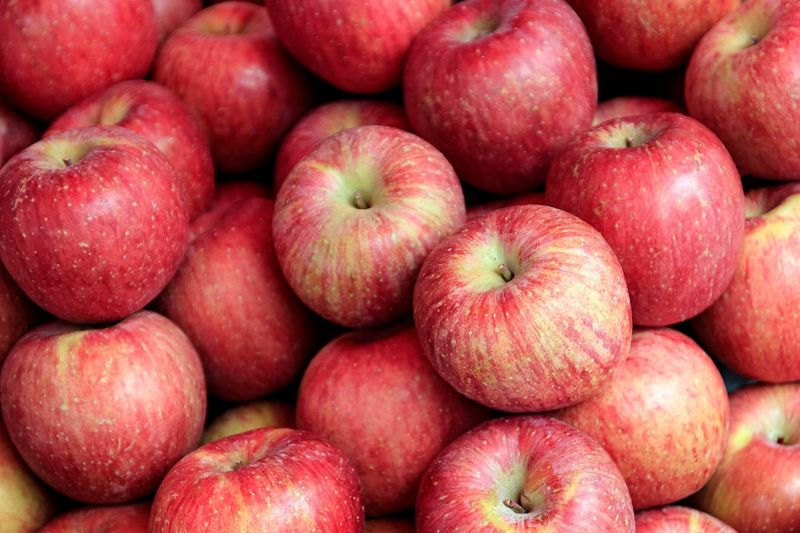
People tend to dig through the middle of the produce pile, leaving the outer items touched less. Grab from the outside to avoid bruised or over-handled fruits and veggies.
Less handling means less damage and a better chance of finding the freshest piece.
11. Avoid Moisture Or Mold At The Stem Or Base

Check for damp spots near the stem or bottom—especially with berries, tomatoes, and greens. Moisture can cause mold or soft rot, even if the rest looks fine.
Dry and clean is the way to go.
12. Don’t Go Just By Size—Bigger Isn’t Always Better
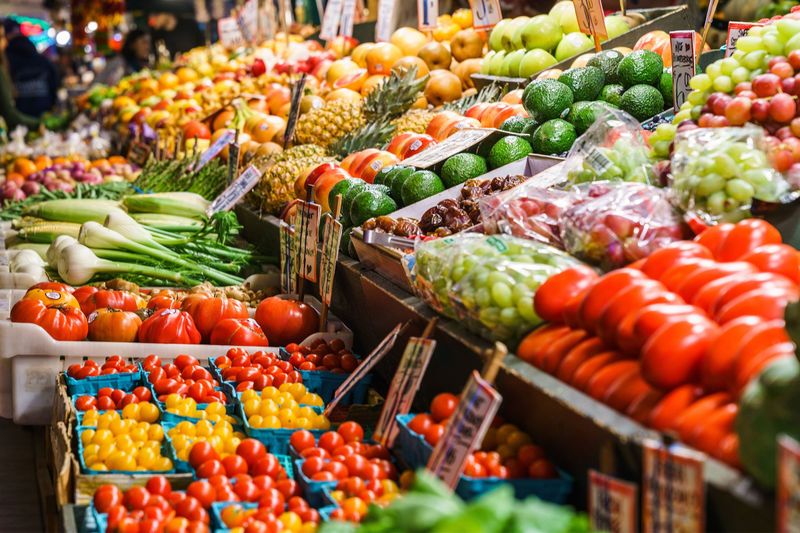
Large fruits and veggies can be less flavorful or watery. For example, smaller zucchinis and cucumbers are often more tender and sweet.
Size doesn’t always equal quality, so trust your eyes, hands, and nose too.
13. Watch Out For Wrinkled Or Shriveled Skins
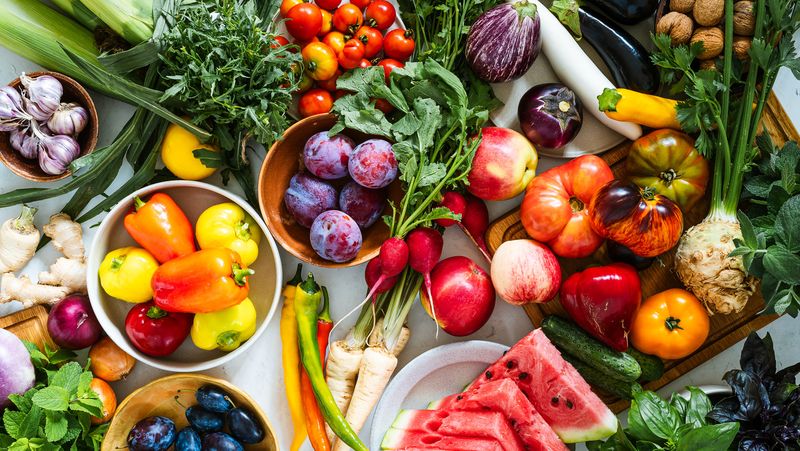
Fruits like peppers, citrus, and apples should have smooth, tight skin. Wrinkles or shriveling mean they’ve lost moisture and are past their peak.
Smooth skin usually means crisp and juicy inside.
14. Get To Know Your Produce By Touch
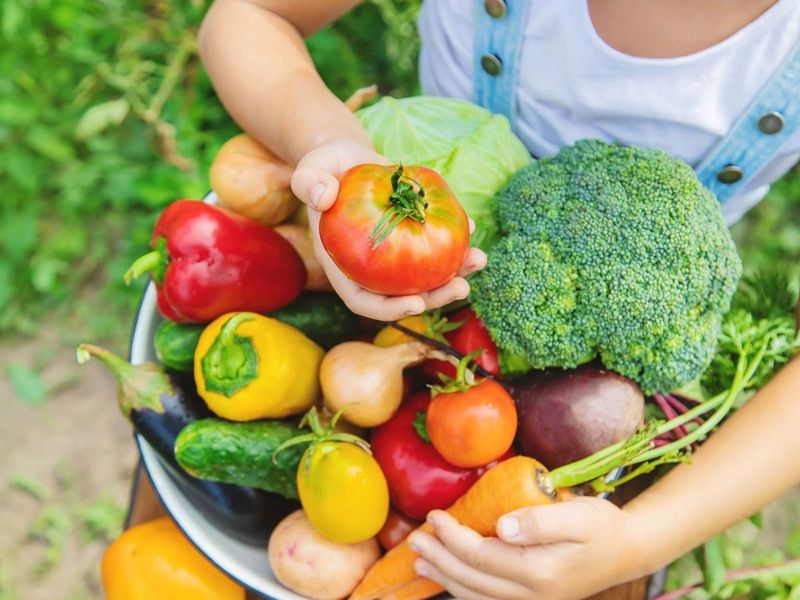
Learning how different fruits and veggies should feel makes shopping easier over time. Soft, firm, heavy, smooth—it all tells you something.
The more you touch (gently!), the more confident you’ll get.
15. Use Ripening Time To Your Advantage
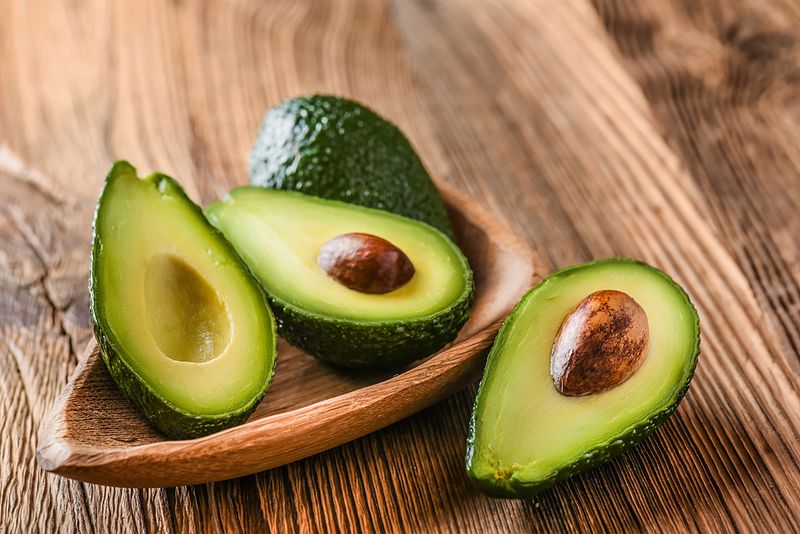
Buying bananas, avocados, or peaches? Get a mix of ripeness—some ready now, some that’ll ripen in a few days. That way, nothing goes to waste.
Plan your meals around what ripens when, and you’ll always have something fresh on hand.

